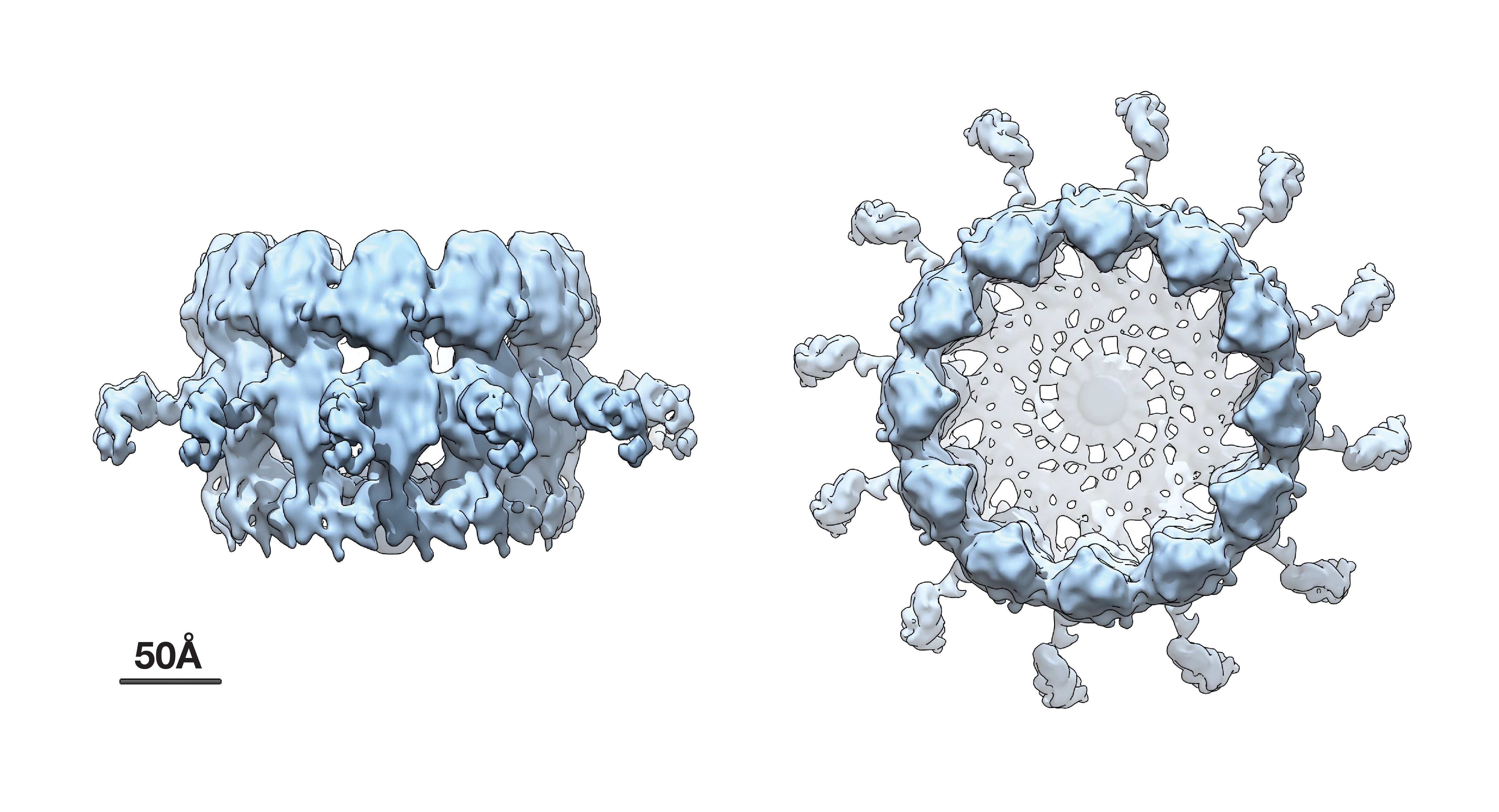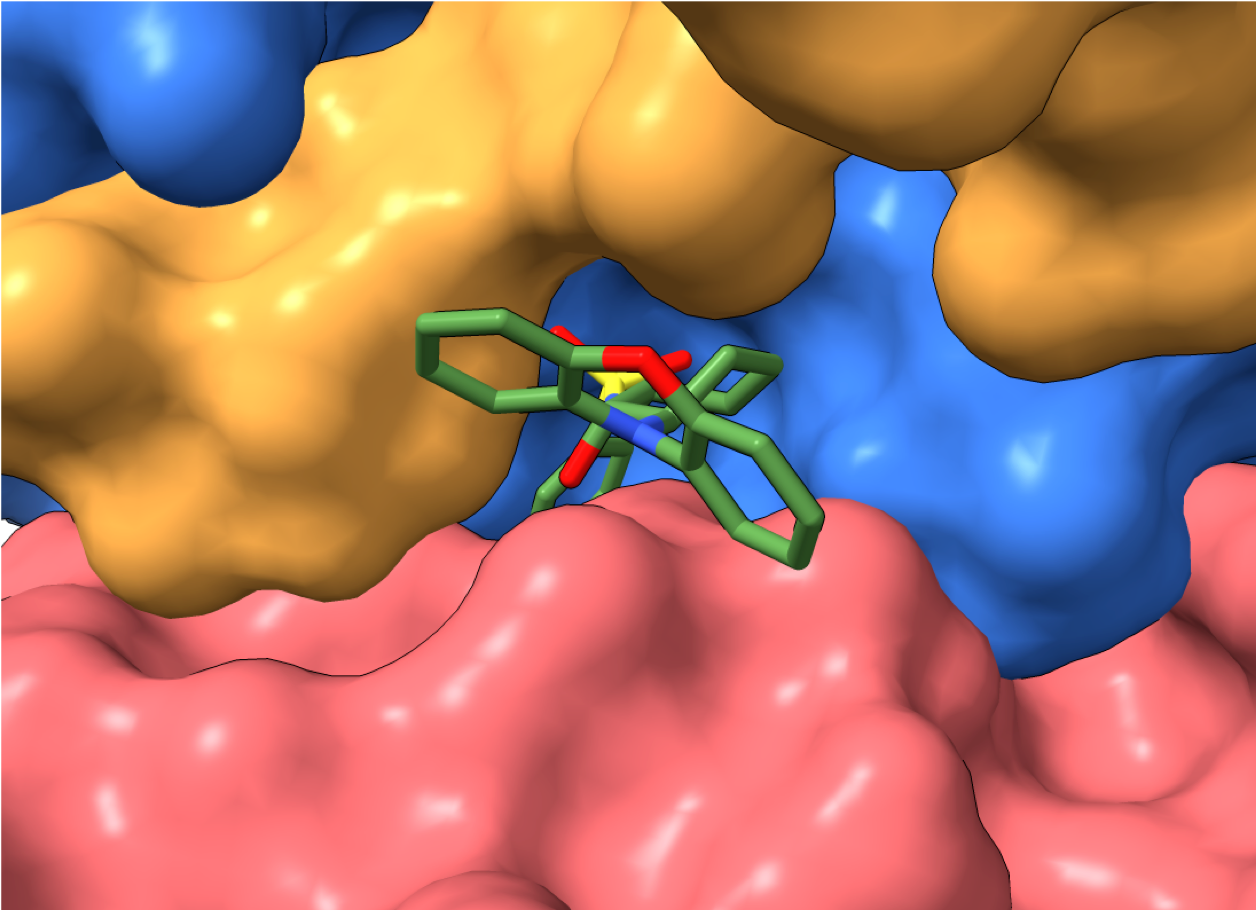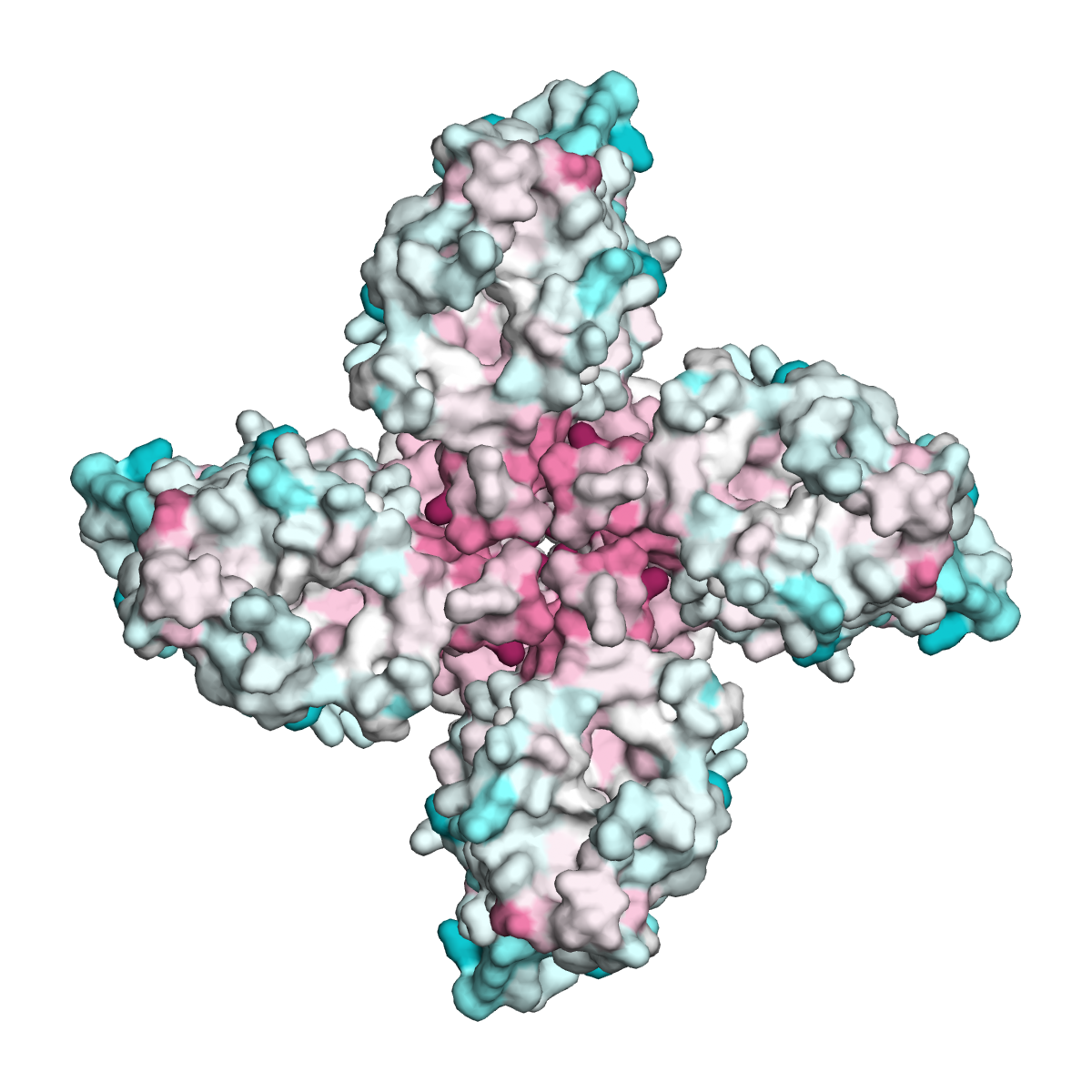Investigating viruses with spillover potential could give us a head start on the next pandemic and minimize its severity; one such virus is RshTT200, discovered in Cambodian bats in 2010. During ACA’s 73rd annual meeting, July 7-11, Samantha Zepeda from the University of Washington will present her team’s investigation into RshTT200. The team used cryo-electron microscopy to solve the spike protein structure. Once the spike proteins were understood, they built harmless, nonreplicating pseudoviruses expressing the spike proteins to investigate how RshTT200 accesses human cells.
Tag: cryo-electron microscopy
New Lassa fever therapy may be on the horizon
The LJI team plans to use their new map of the Lassa virus surface glycoprotein to design a much-needed vaccine.
A fast, accurate system for quickly solving stubborn RNA structures from pond scum, the SARS-CoV-2 virus and more
Naked RNA molecules are too floppy for high-res 3D imaging, but a system developed at SLAC and Stanford fixes that. It reveals detailed RNA structures from a pond scum critter and COVID-19 virus.
A fast, accurate system for quickly solving stubborn RNA structures from pond scum, the SARS-CoV-2 virus and more
Naked RNA molecules are too floppy for high-res 3D imaging, but a system developed at SLAC and Stanford fixes that. It reveals detailed RNA structures from a pond scum critter and COVID-19 virus.
Ingredient in Indian Long Pepper Shows Promise Against Brain Cancer in Animal Models
Piperlongumine, a chemical compound found in the Indian Long Pepper plant, is known to kill cancerous cells in many tumor types. Now an international team including researchers from Penn has illuminated one way in which the piperlongumine works in animal models against glioblastoma.

Advanced Cryo-EM reveals viral RNA replication complex structure in stunning detail
For the first time, scientists at the Morgridge Institute for Research have generated near atomic resolution images of a major viral protein complex responsible for replicating the RNA genome of a member of the positive-strand RNA viruses.

Turning On the ‘Off Switch’ in Cancer Cells
A team of scientists has identified the binding site where drug compounds could activate a key braking mechanism against the runaway growth of many types of cancer.
The discovery marks a critical step toward developing a potential new class of anti-cancer drugs that enhance the activity of a prevalent family of tumor suppressor proteins.

SLAC joins the global fight against COVID-19
The lab is responding to the coronavirus crisis by imaging disease-related biomolecules, developing standards for reliable coronavirus testing and enabling other essential research.

Insects’ Ability to Smell is Phenomenally Diverse, a New Protein Structure Hints at How
Mosquitoes find us by our odor molecules binding to odor receptors on their antennae, bees are drawn to flowers the same way, whereas ticks detect an approaching host using receptors on their forelegs.